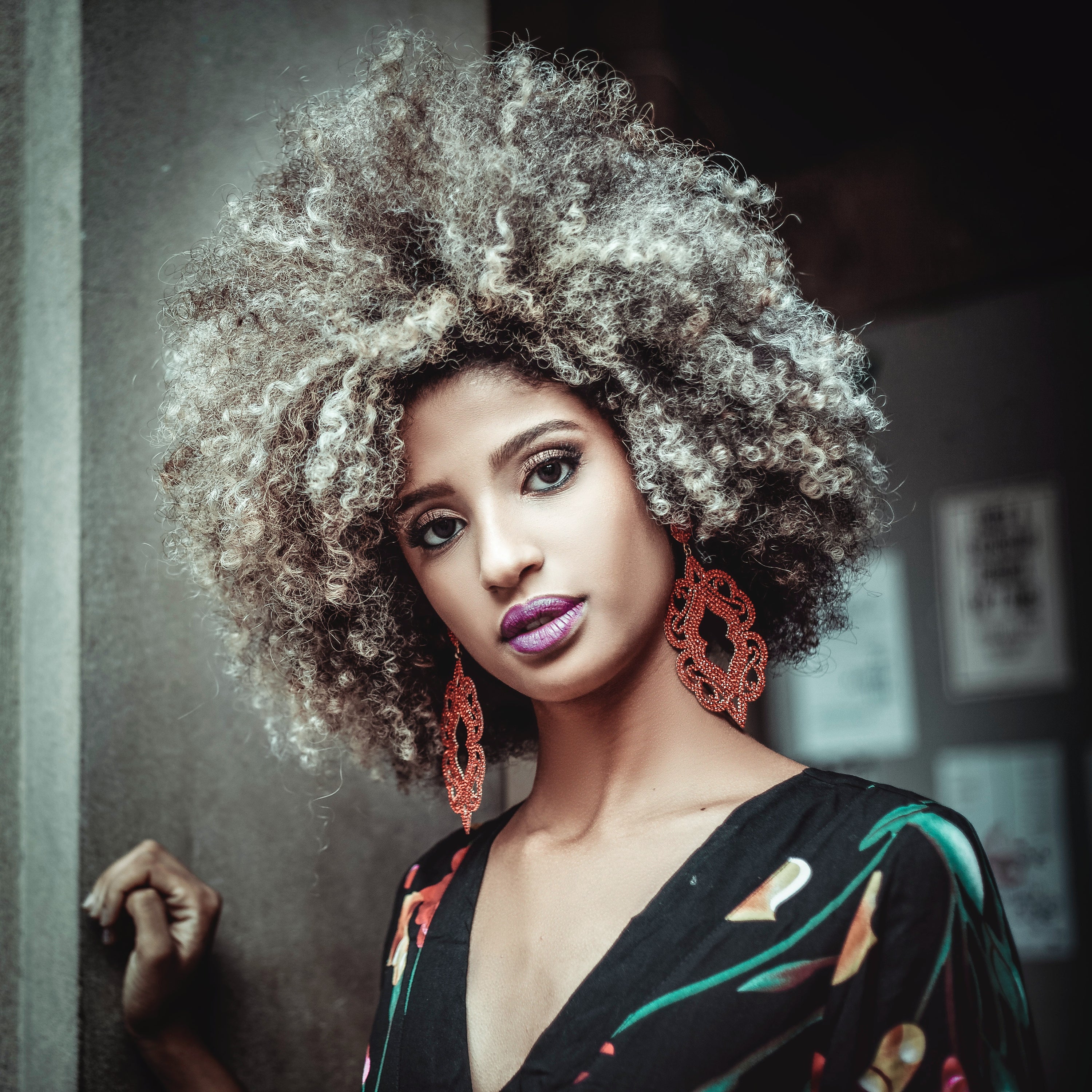
Autumn is here and we are enjoying the low, cool temperatures that come with the amazing pumpkin spice delectable and we are ready to switch out our blonds for the dark browns and black hair. Yes, we are ready to jump from a level 10 all the way to a level one in 0.25 seconds! But wait, let me first ask you these questions. Do you understand the chemical changes that occur when you color treat your natural hair color to blond? Have you been properly caring for your colored hair to ensure optimum health? Did you know that your natural hair color will not be achieved even if you make it down to a 4 or 5 color on the color numbering system? There is a method to this madness and we are here to help.
Color treatments are one of the easiest ways to transform your hair as the seasons change. It allows you to explore the color fields and express yourself in a way that showcases your truest personality. On the other hand, color treatments can pose a significant challenge to your hair strands and will change your texture, type and condition forever if not properly done. Caring for color treated hair is a skill and art that we recommend highly to anyone who wishes to indulge in any physical changes to your hair and we are here to provide the tips, tricks and recommendations needed to still have healthy beautiful hair.
When deciding on your hair color ensure you consider going through the stages of the color fields in order to get an accurate hair color as formulation is key to achieving your desired look. The level system outlines the stages black hair travels to become decolorized in order to get to a blond stage and vice versa. The primary colors to consider are yellow, red and blue with yellow having the smallest molecule and blue having the largest. Regardless of whether you’re lightening or darkening your hair, you have lost the natural coloring of your hair strands and coloring should take place in increments. For example, if you are going from blond (10) to black (1) in one color session, your hair will appear green because your hair did not transition through the color system.
It is highly recommended that you don’t approach color treatments with that methodology and should practice changing hair color two shades at a time from the color it is at the time of color treatment to ensure we keep the hair strands intact. Remember, this is a chemical change and so your hair will lose the protein (amino acids), moisture and will become weak. When it comes to fine and medium hair with a high moisture content you are a better candidate for permanent color treatments, while coarse hair with less moisture is more fragile even though it looks stronger. It is also recommended to do patch tests or strand tests according to color formulation you want to achieve. Below are the steps to take before and during your hair color transformation:
- Balancing (detox, clarify, deep cleanse) - Firstly, this step must be done before you start your coloring process. Always ensure your hair is in a healthy state before you start to cause stress to the hair. Balancing products based on your texture, type and condition are what will allow you to transition smoothly through the process and retain as much health and length as possible
- Hydrating/Moisturizing - This is the holy grail of it all and should be done at shampoo level (strand level). Proper hydration will help to keep your strands intact and functioning at optimum levels. Strengthening - This is also done at the conditioner level and must be blended. The aim is always about retaining, sustaining and replenishing your protein content. Deep treatments are another way of ensuring your hair has exactly what it needs at the right time.
- Leave in - liquid or crème (curly hair). Leave-ins will give your hair life on another level.
Conclusion:
Do not use permanent color more than twice per year. When transitioning from dark colors to light colors be cognizant of the “volumes” used. The color processed should not be rushed and no steps should be skipped. Note this next time you decide to transition to blond:
- 10 volume - opens your cuticles and makes your cuticles darker and wider. It will not lift hair color.
- 20 volume - is recommended for lighter hair and gives you the best results when transitioning through the color fields. We want to always transition two shades at a time, it allows for slow transition for colors and does not result in brassy hair.
- 30 volume - this level gives you a more brassy color. If that is the look you want then go right ahead, if not then use 20 volume.
- 40 volume - this is not recommended. It is way too strong and the peroxide moves fast through hair cuticles causing irreversible damage to hair strands.
